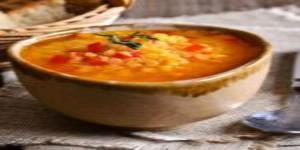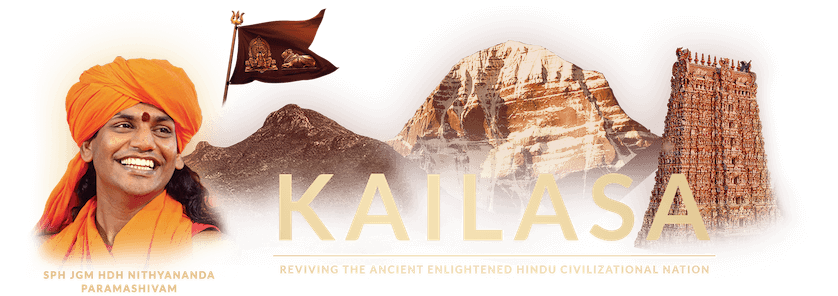
Scope
Dal (dhal, daal) refers to the variety of split legumes. The word dl is derived from the Sanskrit verbal root dal – “to split”. 5 They include lentils, peas and pulses. These pulses are among the most important staple foods and form an important part of the cuisines of the Indian subcontinent. Dal is frequently eaten with rotis or chapatis in the Northern states of India, or with rice and rice made dishes such as rice-cakes (idlis), crepes (dosas), etc. in South India. Almost all types of dal come in three forms: (1) unhulled or sabut (meaning whole in Hindi), (2) split with hull left on the split halves, described as chilka (which means skin in Hindi), (3) split and hulled or dhuli (meaning washed). The manner in which it is cooked and presented varies by region. In South India, dal is primarily used to make the dish called sambar. It is also used to make pappu that is mixed with charu and rice. In addition, certain types of dal are fried and salted and eaten as a dry snack, and a variety of savory snacks are made by frying a paste made from soaked and ground dals in different combinations, to which spices, nuts, cashews, etc. may be added. There are a wide variety of dals mentioned in the recipes below. They include:
Pigeon pea, i.e., yellow pigeon peas, is available either plain or oily. It is called thuvaram paruppu in Tamil Nadu, thuvara parippu in Kerala and is the main ingredient for the dish sambar. In Karnataka it is called togari bele and is an important ingredient in bisi bele bath. It is called kandi pappu in Telugu and is used in the preparation of a staple dish pappu charu. It is also known as Arhar dal in northern India.
Chana dal is produced by removing the outer layer of black chickpeas and then splitting the kernel. Although machines can do this, it can be done at home by soaking the whole chickpeas and removing the loose skins by rubbing. In Karnataka it is called kadle bele. Other varieties of chickpea may be used, e.g., kabuli dal.
Yellow split peas are much sought after by the Indian diaspora spread across the Carribean, US, besides India. It is prepared similarly to dals found in India, but may be used in recipes. The whole dried pea is called matar or matar dal in India.
Split mung beans (mung dal) is by far the most popular. It is used in parts of South India, such as in the Tamil dish ven pongal. Roasted and lightly salted or spiced mung bean is a popular snack in most parts of India.
Urad dal, sometimes referred to as “black gram”, is a primary ingredient in the south Indian dishes idli, adai and dosa. It is one of the main ingredients of East Indian (oriya and Bengali or Assamese) bori, sun-dried dumplings. The Punjabi version is dal makhani. It is called uddina bele in Karnataka, biulir dal in Bengali. It is rich in protein.
Masoor dal: split red lentils. In Karnataka, it is called kempu (red) togari bele.
Rajma dal: split kidney beans.
Panchratna dal (Hindi/Urdu) (“five jewels”) is a mixture of five varieties of dal, which produces a dish with unique flavour.
The hulling of a pulse is intended to improve digestibility and palatability. Pulses with their outer hulls intact are also quite popular in the Indian subcontinent as the main cuisine. Over 50 different varieties of pulses are known in the Indian subcontinent.
Ingredient and Process of Cooking
Most dal recipes are quite simple to prepare. The standard preparation begins with boiling a variety of dal (or a mix) in water with some turmeric, salt to taste, and then adding a fried garnish at the end of the cooking process. In some recipes, tomatoes, kokum, unripe mango, jaggery, or other ingredients are added and cooking the dal, often to impart a sweet-sour flavour. The fried garnish for dal goes by many names, including chaunk, tadka and tarka.
The ingredients in the chaunk or seasoning for each variety of dal vary by region and individual tastes. The raw spices (more commonly cumin seeds, mustard seeds, asafoetida, and sometimes fenugreek seeds and dried red chili pepper) are first fried for a few seconds in the hot oil on medium/low heat. This is generally followed by ginger which is generally fried for 10 minutes. After the onion turns golden brown, ground spices (turmeric, coriander, red chili powder, garam masala, etc.) are added viz. then poured over the cooked dal.
Due to their high nutritional value, especially protein (which varies between 9g to as high as 40g in soybeans, per 100 gms), it is a great alternative to meat, for those changing to a vegetarian or vegan lifestyle. An advantage with whole legumes is that their nutritional value increases tremendously when sprouted and then consumed – whether raw, cooked or ground into a flour.
https://en.wikipedia.org/wiki/Dal
Water – 1 padi
Pigeon Pea – ¼ padi
Turmeric Powder – r.e
Ghee – ¼ palam
Powdered Salt – 1 r.e
Jaggery – ½ r.e
Cumin Seed – ¼ r.e
Red Chilly – ½ r.e
Grated Copra – 1 palam
Asafoetida – 1/16 r.e
Ghee – 1 palam
Red Chilly – ¼ r.e
Mustard Seed – ½ r.e
- 1. Boil the water in a big vessel. Add the dal mixed with ghee, turmeric powder and close it with a cover.
- 2. When the dal has completely cooked add the salt and jaggery and mix it.
- 3. Fry separately cumin seed,red chilly,grated copra in ghee and powder it nicely. Then add it to the dal.
- 4. Dissolve the asafoetida in water and add it to the dal.
- 5. Using ghee, red chilly and mustard seed temper as prescribed in the recipe no. 22. (Seasoning Recipe)
- 6. Add the tempered items into the dal, mix it nicely and serve.
References
Hindu Bhaga Sasthiram: Click Here
Hindu Compliance Body
The Hindu compliance body was established under the executive order of The Supreme Pontiff of Hinduism, dated August 14, 2020, order number 10010, under the title Reviving the Hindu Compliance System and Body
to create, promote, spread and teach the standard procedures for all products and services that are in compliance Hindu Shastras.
Copyright
HCS has the copyright of all its publications. No part of these publications may be reproduced in any form without the prior permission in writing to HCS. This does not preclude the free use, in the course of implementing standard, of necessary details mentioned above. Enquiries related to copyrights to be addressed to KAILASA.
